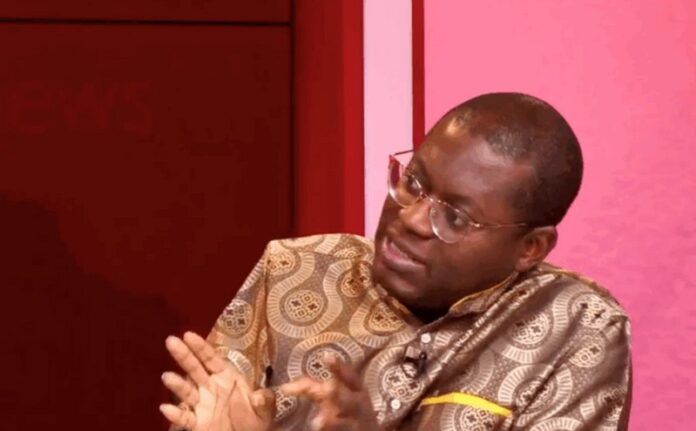Policy analyst Bright Simons has disputed the Ministry of Lands and Natural Resources’ claim that global lithium prices have crashed from over US$3,000 per tonne to just above US$630, a figure cited to defend the government’s decision to cut Ghana’s lithium royalty rate.
In a post on X, the Vice President of IMANI Africa challenged the rationale behind the proposal to reduce the royalty rate from 10 percent to 5 percent for the Ewoyaa lithium project, which is backed by Atlantic Lithium. He argued that publicly available lithium benchmarks show prices rising, not declining.
“When the Agreement went to Parliament in August 2024… the price of lithium was ~$780… today … the price of lithium was around $990,” Simons wrote.
The initial mining lease, signed in October 2023, was based on a “spodumene 6 % Li₂O, CIF China” benchmark of about US$2,200 per tonne. That agreement projected a payback period of roughly 19 months, with gross margins between 62 and 76 percent and a net margin of 35 percent.
1. Ghana's Mines Minister says lithium prices have fallen from over $3000 since the country's first lithium mine agreement was signed with Atlantic, a Sydney-based miner, to just over $630 today.
— Bright Simons (@BBSimons) November 12, 2025
2. Because of that, the 10% royalty stake many Ghanaians were unhappy with would… pic.twitter.com/1WM1VA3U1V
According to Simons, even at today’s prices, the project would still yield approximately 30 percent gross profit per tonne — making the government’s justification for the royalty cut questionable.
The revised lease has already been forwarded to Parliament for approval, with the minister citing concerns about the mine’s profitability as the reason for the adjustment.
However, no updated feasibility report or profitability analysis has been made public to support the ministry’s position, a development civil society groups, including IMANI Africa, say raises issues of transparency and accountability.
ALSO READ:

